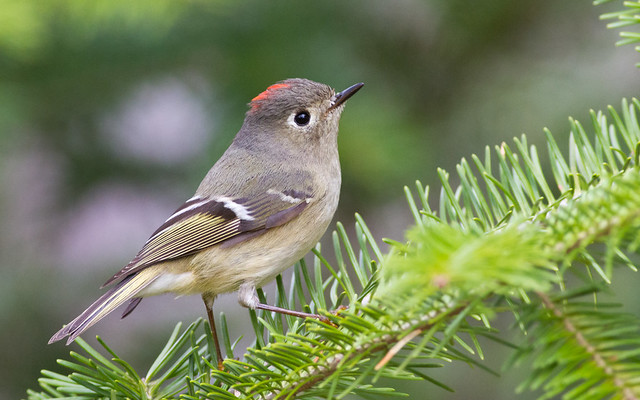Seasonal Symbiosis in Stanley Park
This post has been contributed by Ben Hill, Communications Volunteer with the Stanley Park Ecology Society (“SPES”).
Seasonal Symbiosis in Stanley Park
The festive season is often referred to as the season of giving. These days giving gifts is a way to show how much we care for friends and family, but in earlier eras winter festivals and the sharing of food prepared people to survive the harsh conditions.
The plants and animals of Stanley Park don’t wrap their gifts or decorate them with ribbon, but healthy ecosystems also rely on giving. In nature, though, these relationships usually provide benefits for both parties.
Pollination is one of the most important of these symbiotic relationships. When you see hummingbirds or bees clustered around a flower feeding, they aren’t getting a free meal. They pick up pollen from the flowers and deliver it to a different bloom as they flit from flower to flower. While flowers are long gone, there are still many ways that plants and animals rely on each other during the winter months.
Some berry bushes like the common snowberry (Symphoricarpos albus) continue to fruit during the winter. This makes them a vital source of food for small birds and animals when other plants are barren. The plants get benefit from this too as the seeds from the berries aren’t digested and so get spread across the forest. Squirrels are famous for preparing for winter by burying caches of food, particularly nuts that they can dig up. Although researchers have found that grey squirrels can remember the location of these food stores, many nuts remain buried which helps the new growth of trees.
Being outside of breeding season, also has its advantages. Not having to care for young or defend a territory means more opportunities to be part of a group. Birds like sparrows, finches, kinglets and even woodpeckers often flock together in winter to make feeding more efficient and safer. Because these species are adapted to feed differently – for example pine siskins and crossbills eat the seeds from pine cones, while kinglets take insects from pine needles – it keeps competition to a minimum.
For other animals, the colder weather means sharing space with the extended family. It’s not quite Christmas dinner with the in-laws, but mammals like the tiny deer mouse and the skunk will make communal dens to provide extra warmth in winter, although they aren’t social in breeding season. Even racoons will share dens during particularly harsh weather. So while this may be the season of giving for us, sharing resources is what makes the natural world tick.
About SPES Saturday
 As a member of the Stanley Park Ecology Society (“SPES”), I wanted to offer the organization an opportunity to share their news, events, and work so I created the “SPES Series” years ago. This is where SPES can contribute and share stories with my audience once a month. Follow SPES on Facebook for more information.
As a member of the Stanley Park Ecology Society (“SPES”), I wanted to offer the organization an opportunity to share their news, events, and work so I created the “SPES Series” years ago. This is where SPES can contribute and share stories with my audience once a month. Follow SPES on Facebook for more information.












